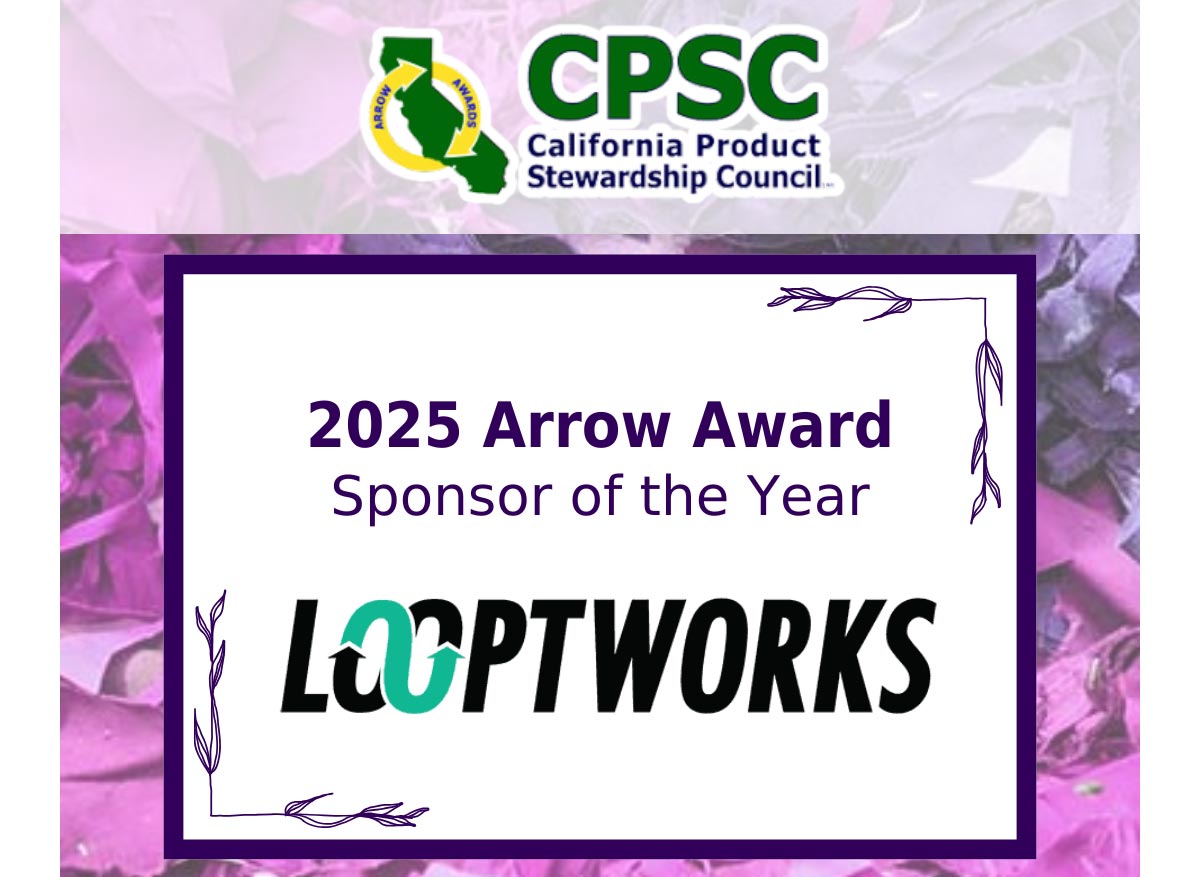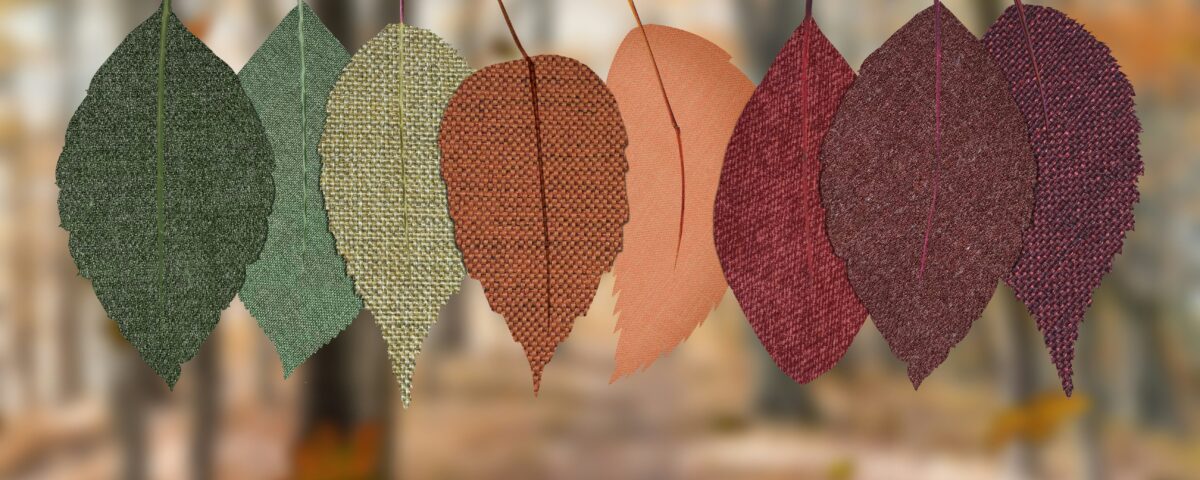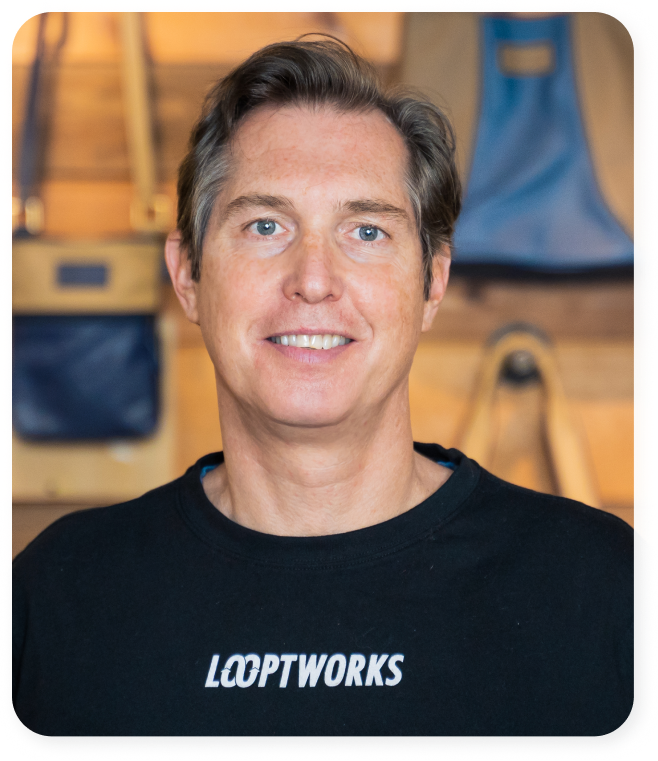

Last year, a team of international scientists took a detailed look at our planet’s resilience by mapping out nine boundaries that define what makes Earth a safe and healthy space for human life. Their research concluded that six out of nine boundaries are being crossed, giving Earth a poor bill of health.
The culprit is, of course, human activity. Our linear take-make-waste economy has led to widespread resource depletion, according to the Ellen MacArthur Foundation. But getting back in bounds and releasing the pressure we’re putting on the planet is possible. Take the 1987 Montreal Protocol for example. The international treaty helped phase out the production of substances responsible for ozone destruction—and it worked. Today, ozone depletion is one boundary we are not transgressing.
But what’s the right move for tackling not one planetary pressure, but six—including freshwater availability and carbon emissions? The short answer is systematic change, and a circular economy is a great example of a shift that’s within our reach. Keeping products and materials in use at their highest value helps eliminate waste, curb pollution, and lessen the demands we place on land, water, and energy supplies.
At Looptworks, we’re dedicated to keeping textiles in use at their highest value. Our circular system aims to strengthen and protect the health of our planet in myriad ways. Below, we explore seven ways textile recycling can serve as a release valve for the pressure we’re putting on Mother Earth.
Fashion waste is a fast-growing problem, with more than 85% of unwanted clothing ending up in landfills around the world. But textile recycling can help reduce the millions of tons of clothing that end up at the dump each year. Through the variety of textile recycling methods available today—upcycling, downcycling, and circularity—there’s a way to repurpose even low-quality textiles into fibers that can be used in new applications, from home insulation to sustainable clothing items.
The fashion industry is responsible for 10% of global carbon emissions, more than international flights and maritime shipping combined, according to the European Parliament. On the other hand, European researchers have found that for each medium-to-high-quality clothing item that is reused, 3 kg of carbon dioxide is kept out of the atmosphere.
Some of the world’s largest clothing manufacturers incinerate excess inventory as a cost-effective way to maintain brand exclusivity. The practice releases CO2 and other greenhouse gasses into the atmosphere. When garments are made from synthetic materials, incineration also releases microplastics into the air.
Textiles are no less harmful when discarded in landfills, as clothing releases methane, another greenhouse gas, when it sits for decades.
Textile recycling not only cuts down on air pollution but can also help high-end manufacturers maintain their brand integrity. Instead of discounting their merchandise or sending unsold items to outlet stores, they can repurpose garments into new fashion pieces, providing a powerful marketing story that consumers can feel good about.
Polyester, spandex, and nylon are frequently used in fashion, especially with the focus on athleisure pieces since the start of the pandemic. But when these manmade materials are discarded, they shed microplastics that end up in our oceans, putting ecosystems and marine life at risk. U.K. scientists recently discovered record levels of microplastics on the ocean floor, their chemicals blocking animals’ digestive tracts.
The good news is that textile recycling is not reserved for natural fibers. At Looptworks, we also recycle synthetic fibers, including polyester, cotton/polyester blends, nylon, and acrylic.
When you think about all the steps that go into producing a clothing item, from farming cotton to dying a pair of jeans, water usage adds up fast. It can take 2,000 gallons of water to produce a single pair of jeans—that’s years’ worth of drinking water sucked up by the production process.
On the flip side, scientists estimate that 0.01% of the water used to produce new garments is required to produce recycled clothing.
Polyester can be a cost-effective alternative to cotton for clothing manufacturers, but conventional polyester requires fossil-fuel-based resources, like petrochemicals, to produce.
At Looptworks, we’re working to power our operations with the energy we generate through our recycling processes as well as the solar panels on the rooftop of our state-of-the-art circular textile facility.
Cotton may be a natural fiber, but it’s environmentally taxing to produce from scratch. Around the world, cotton farmers rely on pesticides to grow successful crops, but those chemicals—especially when they are synthetic—have been associated with health risks, including skin irritation and respiratory and nervous system effects.
A safer approach to production? Source cotton fibers from a textile recycler. Manufacturers can even use their excess inventory as the input material for creating the spinning fiber they need to make new jeans, t-shirts, bedding, and other cotton-based items.
Partner with Looptworks to take pressure off our planet
Digging into research around the impact textile waste has on our planet makes us proud to play a role in being part of the solution. We partner with textile manufacturers to provide a circular system for excess materials. Since our founding in 2009, Looptworks has kept 114 thousand metric tons of carbon out of the atmosphere, 5.6 million pounds of physical waste out of landfills, and 3.4 billion gallons of water out of the textile manufacturing process.
If you’re interested in learning about the positive environmental impact your organization can create, let’s talk.
Calling All Businesses with Excess Textiles If your business deals with excess textiles, our solutions team is eager to collaborate! Together, let’s weave a greener tapestry for generations to come.
We’d love to hear from you!


Denine has over 20 years of experience driving new business opportunities for leading companies, including E.I. DuPont de Nemours & Company, Inc., The Dow Chemical Company, Outlast Technologies, and DST Systems. She holds a BS from the University of Pittsburgh and a Certification in Executive Management from the Kenan-Flagler School of Business at the University of North Carolina at Chapel Hill.

Tami is a senior accounting leader with over 16 years of experience in the manufacturing and textile industry. Her specialties include process development and implementation, mergers and acquisitions, job and project costing and analysis, and managing complex teams and technical projects. Tami has served as Chief Financial Officer and Controller for a variety of innovative companies, where her analytical skills and strategic mindset helped organizations create efficiencies in their financial systems.

Kelley is a passionate and strategically minded business development leader with more than two decades of experience in the sporting goods apparel industry. He has experience in product construction, league partnerships, retail relationships, supply chain management, sustainability, circularity, and carbon footprint management. Kelley builds successful partnerships by putting the customer first while simultaneously advancing his organization’s business objectives.

Suzy is a product leader and operations expert with more than 25 years of experience in the textile industry. She is passionate about finding creative solutions to complex problems and motivating people to action through vision, strategy, collaboration, and communication. Suzy has proven expertise in product development, sustainability, marketing, supply chains, and innovating processes and best practices to drive results.

Scott is a visionary leader with more than 32 years of experience in strategic branding, innovative product creation, supply chain sustainability, and sales and marketing for global organizations. He founded Looptworks in 2009 as an industry solution for turning excess materials into upcycled consumer products. In 2022, Scott transitioned the company to a B2B business model focused on eliminating global textile waste through closed-loop solutions.

Scott is a visionary leader with more than 32 years of experience in strategic branding, innovative product creation, supply chain sustainability, and sales and marketing for global organizations. He founded Looptworks in 2009 as an industry solution for turning excess materials into upcycled consumer products. In 2022, Scott transitioned the company to a B2B business model focused on eliminating global textile waste through closed-loop solutions.